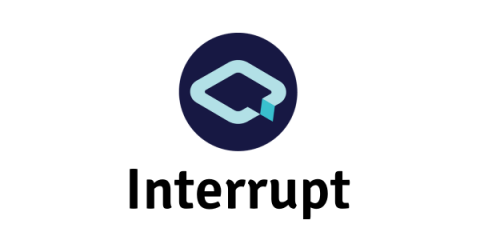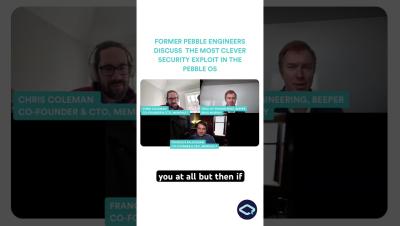RMAs should never result from software issues
Many hardware companies lose millions on RMAs and warranty returns, often replacing devices when a software update could have fixed the issue. Without data, it is hard to know what is really a hardware failure and what is just a software bug. Observability changes that by helping companies diagnose issues remotely, cut unnecessary returns, and keep margins intact.











